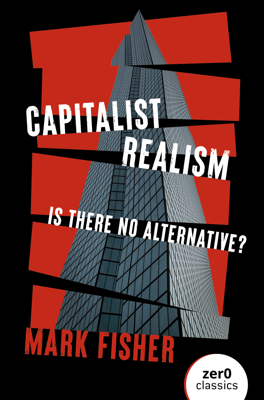It’s Easier to Imagine the End of the World Than the End of Capitalism
Key Concepts and Themes
The chapter explores the concept of capitalist realism, which is the notion that capitalism is the only viable economic and political system, and it's impossible to imagine a coherent alternative. The film "Children of Men" is used as a primary example to illustrate how dystopian futures reflect not a break from capitalism, but its exacerbation.
Cultural Preservation in Dystopia
In "Children of Men," elite characters shield themselves from societal collapse by preserving cultural artifacts like Michelangelo’s David and Picasso’s Guernica. This setting highlights a world where no new cultural contributions are made, only the old ones are maintained, symbolizing the sterility of culture under capitalist realism.
The Interplay of Capitalism and Authoritarianism
The film presents a world where authoritarianism exists alongside capitalist structures, suggesting a fusion of extreme market logic with reduced state functions focusing mainly on military and policing. This scenario reflects a broader critique of neoliberalism, particularly its reliance on the state during crises like the 2008 financial meltdown, despite its rhetoric of reducing state influence.
The Metaphor of Sterility
The central catastrophe of sterility in "Children of Men" serves as a metaphor for cultural and historical sterility – a condition where no new cultural, social, or political movements emerge. It connects to the notion that under capitalist realism, history has stagnated, and there is a sense that future possibilities are exhausted.
Critique of Postmodernism and Cultural Recycling
The text critiques postmodern culture’s focus on recycling past aesthetics and ideas, which capitalist realism absorbs and commodifies. This perpetuates a cultural landscape devoid of originality or revolutionary potential, with pastiche and revivalism becoming dominant cultural forms.
Capitalism’s Cultural Consumption
The argument extends to how capitalism consumes and repackages all cultural forms and historical artifacts, turning them into commodities. This commodification process strips cultural objects of their inherent values and meanings, integrating them into the capitalist system where everything, including human relations and cultural artifacts, is evaluated based on market logic.
Conclusion: The Entrenched Nature of Capitalist Realism
Ultimately, the chapter reaffirms the idea that capitalist realism has so deeply embedded itself into our cultural and political unconscious that alternatives seem unfeasible. This pervasive ideology has led to a cultural malaise where past forms are incessantly recycled, and any potential for genuine novelty or radical change appears foreclosed.
